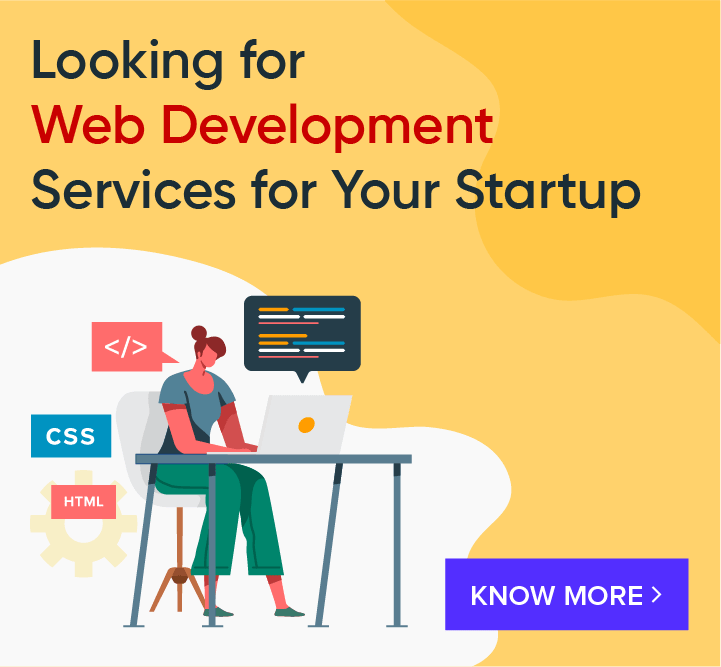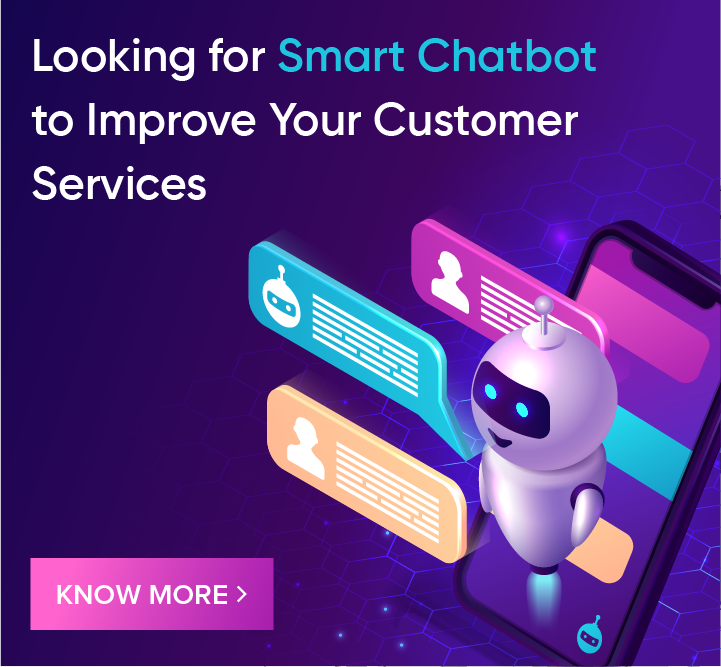What is MVP (Minimum Viable Product)? How Does it Help Startups and Businesses?
MVP in the field of Software Development stands for Minimum Viable Product. It is a concept developed by Eric Ries as a part of the Lean Start-Up method. According to his definition:
“The Minimum Viable Product is that version of the new product which allows a team to collect the maximum amount of validated learning about the customer with the least efforts.”
It is based on the idea of Incremental Software Development that renders a product more efficiently and is complete on its own with each iteration. A Minimum Viable Product is developed as a core unit of an experimentation strategy. It consists of a basic set of solutions for testing the viability of a business idea and how the customers react to it.
The Main Purpose of Building an MVP
- Deliver a working product that provides immediate value with minimum resources, be it money, time, or infrastructure.
- Create a baseline for future development and clarify the next steps to be taken in the project.
- Earliest possible product release.
- Minimum implementation costs.
- Test the product's viability before investing large capital and manpower into it.
- Identify potential features and failures.
- Identify and understand its user base and its preferences.
After receiving feedback, more features can be added. Every new release of the MVP should ensure a better solution for the customers and be completed rather than a ‘work in progress’ solution. This can be understood better through an illustration by John Mayo in his article ‘Two Ways to Build a Pyramid’.
In a traditional approach, building the pyramid can be started from the base, and a new level can be added on top with each increment. Although this is an incremental process, until the last iteration, it is only a ‘work in progress,’ as in the image below.
The other approach is to start with a small pyramid. Each iteration can add components to increase its size or extend its functionality. Thus, after each increment, you will have a complete pyramid that can be further extended. 
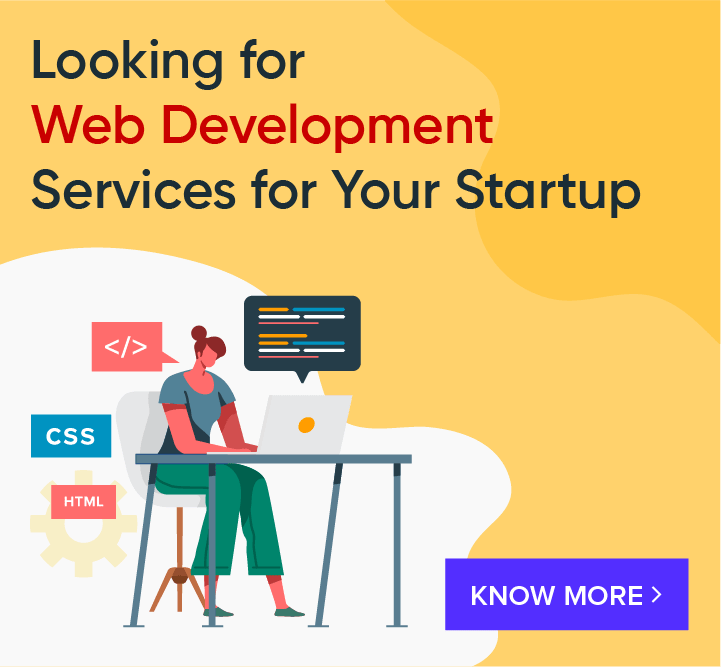
The rule here is to gradually add new features, with each MVP release being a better and faster solution for the agenda under consideration.
Types of MVPs
There are two categories of MVPs. Low Fidelity MVPs help you to get an insight into your customer's problems and the kind of solution that will be most effective for the customer. High Fidelity MVPs are used to determine how much the customers will be willing to pay for the solution. Furthermore, it helps you optimize your marketing strategy, communication channels, and the best potential growth strategies.
In today’s market, where a wide range of services and products are in demand, minimum viable products differ accordingly. The different types of MVPs, which can be categorized under Low-Fidelity and High-Fidelity MVPs, are as follows:
Low-Fidelity MVPs |
High-Fidelity MVPs |
|
An Honest Customer Interview |
Digital Prototypes like wireframes and mock-ups |
|
Blogs and their Comments |
3D Models for manufacturing products. |
|
Subject Matter Forums |
The Wizard of Oz |
|
Website or an Application Landing Page |
The Concierge MVP |
|
Split Testing to measure user reaction to changes |
The Piecemeal MVP |
|
Videos |
Crowdfunding helps generate funding for the product creations as well as testing its future demand in the market. |
|
UX Prototypes. |
Single Featured MVP in order to focus on the most essential solutions that will be provided by the product. |
|
Ad Campaigns for market surveys |
Email MVP |
|
User SignUp for an Upcoming Product |
|
|
Audience building via tests, interviews and questionnaires. |
|
|
Micro-Surveys |
|
Out of the above MVPs, most of which are self-explanatory, let us elaborate on the following few.
- Concierge MVP: Here, building a product is not necessary. Here you provide the services manually and analyze your customer interaction. This helps to understand if the customers will use your product or if they need an entirely different product.
- Wizard of Oz MVP: Here, a fully functional product prototype is presented before the user while you are at work behind the scenes providing all that is necessary. Through this type of MVC, you can interact directly with your customers and review their preferences.
- Piecemeal MVP: Existing tools and solutions are used to create your product. This involves a minimum or no investment. A piecemeal MVP consists of existing components from multiple third-party sources that are put together to create the product or service.
- Email MVP: You begin by sending emails with the business proposition to your existing customers. If the feedback is positive, the business idea is worth pursuing. However, if the feedback is bleak, either the proposal is missing something or it does not solve any problem.
Top Benefits of MVP
MVP has numerous benefits listed below:
- Early relationship with customers: it is essential to make your product resonate well with the audience and make it customer-oriented.
- Clean user interface: when you opt for MVP, the initial stage of your product is far from being complicated. You can test the functionalities early and guarantee smooth functioning.
- Clear vision of the product: initially, you must be clear with the product's features. Further, understand the customer’s requirements well. A clear vision from the start helps keep things on track.
- Fast release: step by step scrutiny of the product helps in detecting errors early and working on them. In the end, you are able to deliver the product quickly.
- Minimal risk in the development process: do you know Facebook, Instagram, Spotify, were also MVPs first? The reason is it is logical to start small and slowly transform into large-apps as it saves your instant investment of money, and a lot of effort.
Potential Costs of MVP
Firstly, it is important to have a clear MVP budget in your mind. Every product is different and has different requirements. Therefore, the costs would depend on the needs of your product. In the development phase, many start-ups struggle to cover their expenses and somehow fail to do so which is a setback.
However, the minimum viable product cost can vary from $5,000 to $150,000.
There are various factors, functionality, location of the team, and the complexity of the app.
Pitfalls
The main pitfall of an MVP is its lack of understanding. More often teams tend to believe it is the smallest amount of functionality that needs to be presented to the consumers in order to understand its viability. It might also be confused with minimum market earning. MVP is more focused on learning from customer feedback. It is very important to identify the set of features that needs to be included for an MVP. Including too many features will overload the MVP, incur cost and time, and may fail to succeed. However, filtering features may cut out its key functions.
The basic set of solution repeatedly mentioned here, refers to developing a deployable product with key features which allows customers to access the solution and complete their entire journey toward their goal. Hence, it is essential that before releasing an MVP, teams correlate the terms ‘minimum’ and ‘viable’ correctly. Finally, always keep in mind the metrics – Daily active users, maintenance rate, and the average time spent with the product in order to quantify the success of your MVP.
Top Examples of Minimum Viable Product
Here is a list of the most popular names of MVPs. You must have heard about them before:
1. Amazon

Amazon started as an online bookstore. When he received an order, he bought books from distributors and started shipping them. Slowly, he bought a warehouse and added more products to the store. This way, gradually it became a giant and later turned into the largest e-commerce website in the world.
2. Dropbox
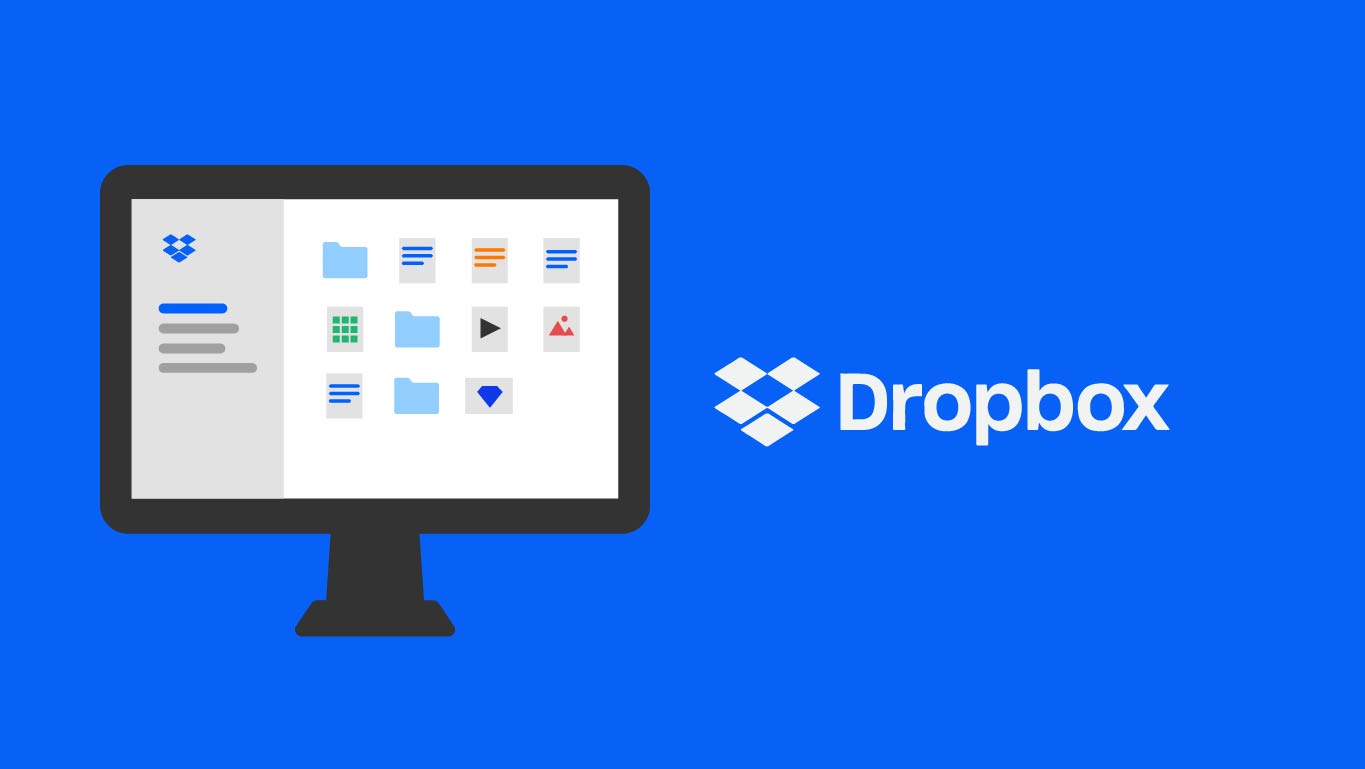
Dropbox started as an MVP. They wanted to take honest feedback from the customers based on their idea of storing data in one place. The immense positive feedback helps them to get funds to start their venture.
3. Facebook

Facebook is another big name on this list. It started as a college project by Madhav keyboard to connect friends with each other. After getting immense popularity and benefits, he decided to expand the platform and add more features to it. As we know today, Facebook is a huge name for both entertainment and business purposes.
4. Airbnb
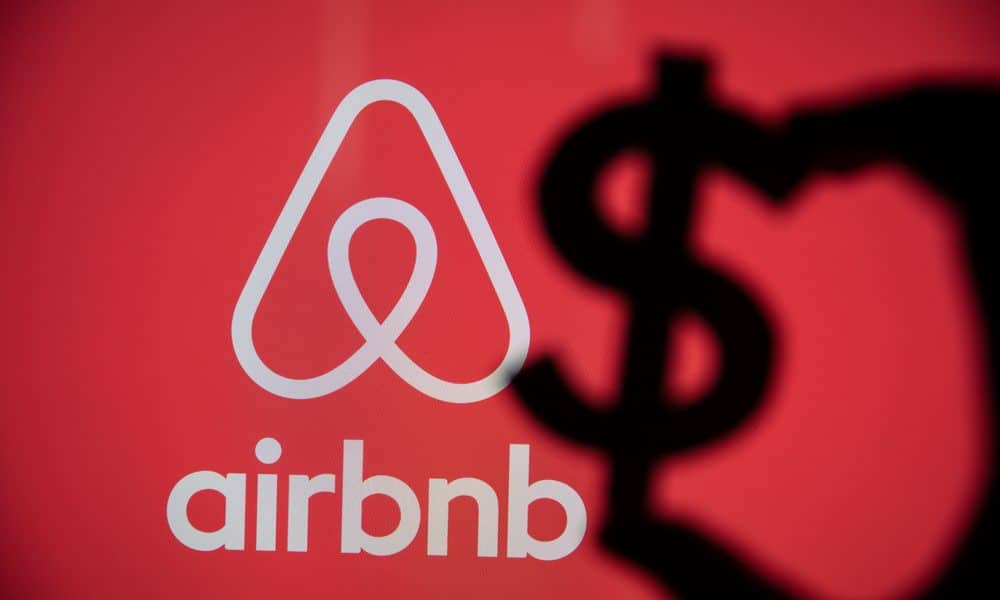
The founder of Airbnb started this venture at his home. After receiving a good demand for this concept from travelers, he thought of shaping this small idea into a bigger business idea. At present, Airbnb is one of the most loved apps by users for staying while they travel.
5. Buffer

Buffer is a well-known post-scheduling application used by millions worldwide. They started in steps. The first one was to send an email to the customers and ask whether they are interested to know about the pricing plans. The second was to know about the free and paid versions. Subsequently, the audience showed heavy interest in knowing the paid plans, and the venture grew further!
Conclusion
Developing an MVP is a strategy to avoid developing products that are liable to be rejected by consumers. It is basically built to test a specific set of assumptions and prove that the product will provide an effective solution. As you can see, MVPs are effective only when you take into account market feedback. This will help you to understand which features are to be developed and which are to be discarded. Further, while developing an MVP always keep in mind the most accurate but least features of the product but not the complete product. I hope the question, ‘what is MVP’, is clear to you!
If you are looking into building a project of a comprehensible size, it is always better to follow the MVP approach. Among many in the market, Squareboat is one such team that practices MVP methodology. Wish to build an MVP for your idea? Squareboat can help you get a headstart.
People are also reading:
Frequently asked Questions
1. How to build a minimum viable product?
Build an MVP by following these basic steps: start conducting market research, focus on adding value to your product, understand the user intent, focus on MVP features, and finally launch the product!
2. How to test an MVP?
To test an MVP, take customer interviews, conduct social-media surveys, PPC campaigns, micro-surveys, A/B testing, test landing pages, etc. All these help understand the audience and strategize your product accordingly.
3. What is the difference between MVP and BVP?
In MVP, the focus is on getting feedback or advice from the customers. In BVP, the sales team prompts the users to try your product (free version) followed by using the paid version.
4. What is a minimum viable product in SAFe?
In SAFe, MVP is the early version of a product that garners the maximum information or data from the users and conducts testing.
